The French approach to breakfast—typically a coffee and a slice of bread or a croissant (and often just the former)—may seem emblematic today, but in reality, a “classic” petit déjeuner is a relatively recent addition to the French culinary landscape. French breakfast has proven to be as revolutionary as one can expect from a country that has had four or five revolutions of its own, in no small way due to the transition from a hearty morning meal to the short-and-sweet breakfast so pervasive today.
Through the 1600s, breakfast in France was a savory repast known as déjeuner—a word that translates to “un-fast,” and thus coincides with the English breakfast (literally, to break one’s nighttime fast). From the Renaissance to the Revolution (the first one, anyway), the French generally ate the first meal of the day, déjeuner, around ten a.m. Dîner (dinner) followed at around two p.m., while souper (supper) was enjoyed at nine at night.
But in the 18th century, things began to change.
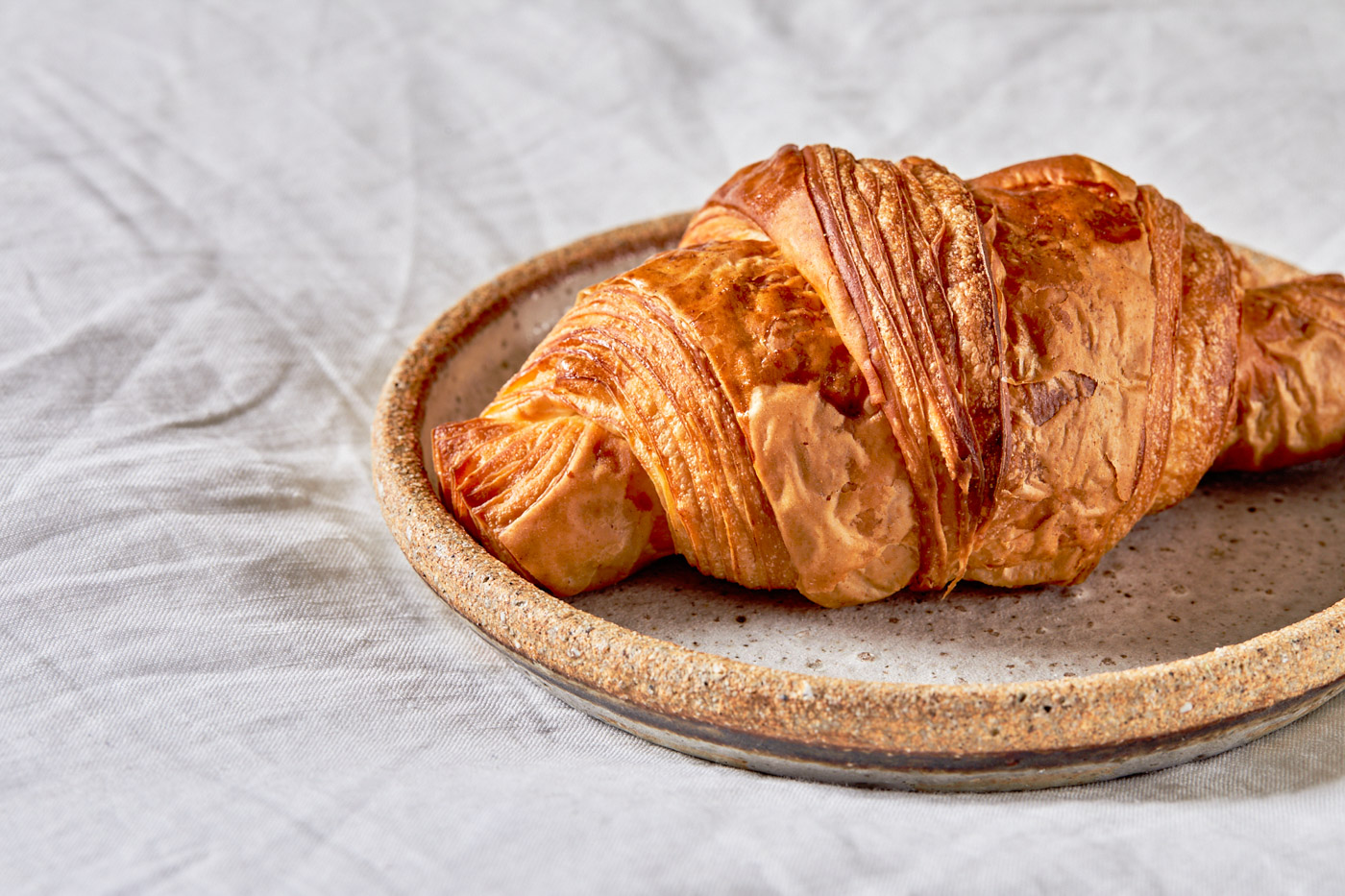
Following the popularization of coffee and cocoa, an early-morning déjeuner à la tasse (“breakfast in a cup”) came into fashion, at least among members of the upper crust. While drinking chocolate was first brought to the French court in the middle of the 17th century thanks to Anne of Austria, daughter of the Spanish King Philip III, it wasn’t until the death of her husband, King Louis XIII, and the queen’s subsequent regency that the beverage became popular among members of the court and, later, the bourgeoisie.
Once Parisians adopted this fashion of a morning hot beverage—coffee or chocolate for the rich, milk for the poor—their larger “breakfast” was pushed later and later. By 1870, writes Anne Martin-Fugier in Les repas dans l’horaire quotidien des ménages bourgeois à Paris au XIXe siècle (Meals in the daily timetable of bourgeois households in 19th century Paris), the Parisian bourgeoisie had begun using the word “breakfast”—déjeuner—to refer, instead, to the midday meal. (The naming convention stuck, and today, déjeuner is the word used for “lunch” throughout France.)
But if the word “breakfast” was now used to refer to lunch, what, then to call this morning meal of coffee, chocolate, or milk and bread? Le petit-déjeuner, bien sûr!, aka “small breakfast.” The morning meal retains this moniker in France to this day.
This change didn’t happen all at once. Outside of Paris, the noon meal was still called le dîner—dinner, and even once the naming convention evolved, in many parts of rural France, particularly in agricultural areas, large, savory breakfasts remained the norm well into the first half of the 20th century. Spreads in some regions could easily rival a full English breakfast: bread, meat and a strong local cheese like Maroilles in the north or Cancoillotte in Franche-Comté. While this has largely fallen by the wayside, in large part due to the lack of a need for such a hearty main meal in a country with fewer and fewer small family farms, the 2008 film Bienvenue Chez les Ch’tis (Welcome To the Sticks) used savory breakfast as shorthand to paint French Northerners as backwards by having certain characters consume stinky local Maroilles cheese dipped in coffee for breakfast. But if you’re looking for a truly “traditional” French breakfast, that is, indeed the way to go.
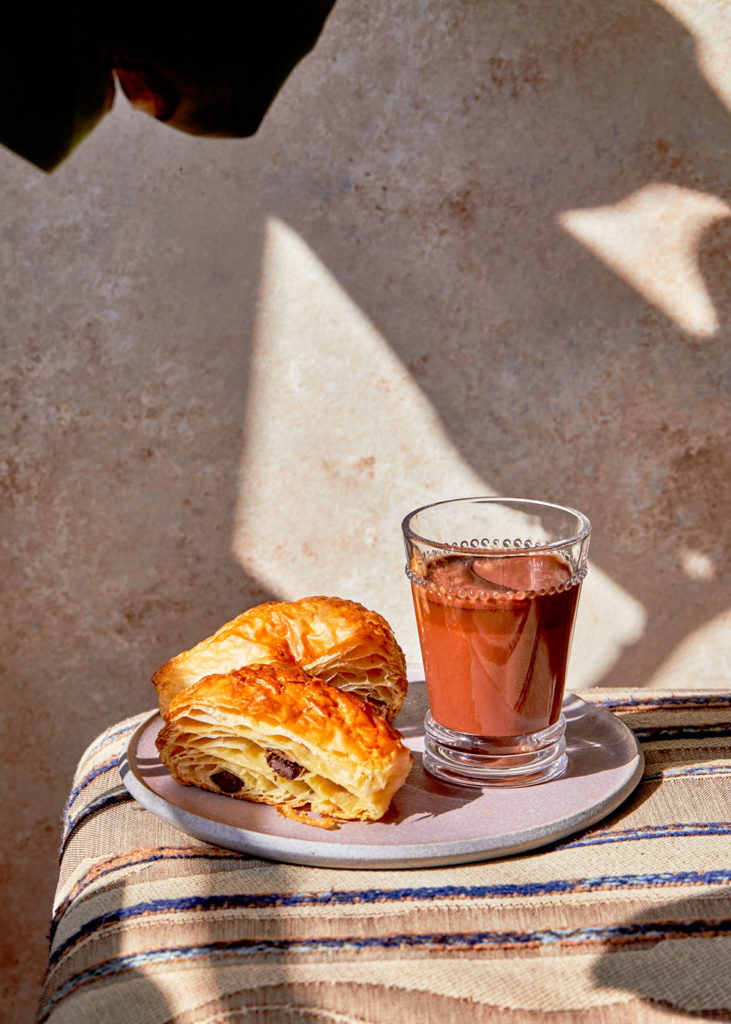
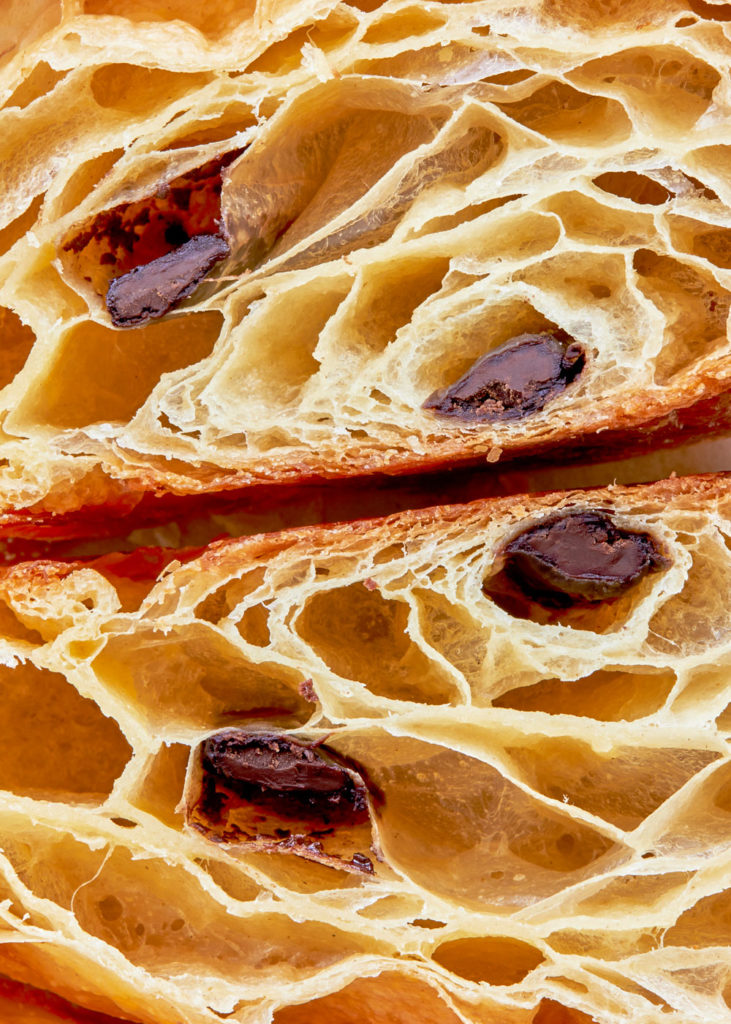
Today, in contrast, it’s fair to say most French people tend toward a diminutive petit déjeuner comprised almost entirely of goods imported from elsewhere: coffee from the Ottoman Empire, or chocolate from South America by way of Spain. Even le brunch, an Anglicism borrowed from America or England, is now growing popular in major cities. And while one could consider France’s famous breakfast pastries—including the croissant—to be the pinnacle of Frenchness, they actually originally hail from Austria. This category of breakfast goodies—which encompasses not just the classic croissant, but its chocolatey cousin, le pain au chocolat, as well as the raisin swirl known as the escargot or pain aux raisins—are dubbed viennoiseries in French, a name that belies their Viennese roots.
Most experts agree that the ancestor to the croissant—the Viennese kipferl or hörnchen—was invented in 1683 when the Ottomans invaded Vienna. According to legend, a local baker, already wide awake and preparing the day’s bread, heard the ruckus and, in alerting the local authorities, saved the city. In celebration of his contribution to Vienna’s continued safety, the baker invented a breakfast roll that evoked the crescent moon shape on the Ottoman flag.
But this bread, while buttery and delicious, was not the flaky wonder that is the modern French croissant. For that, it had to come to Paris.
Experts are somewhat divided as to how the kipferl arrived in France; some attribute the Viennese Queen Marie Antoinette, while others point to a slightly later acquisition with the arrival of pastry chef August Zang, who opened his Boulangerie Viennoise in Paris in the early 19th century (a far more likely, if less romantic, story). Either way, Parisian bakers soon applied a 17th century French technique known as lamination to the Viennese breakfast roll, which at that point more closely resembled a brioche in texture, thus creating the now-beloved croissant.
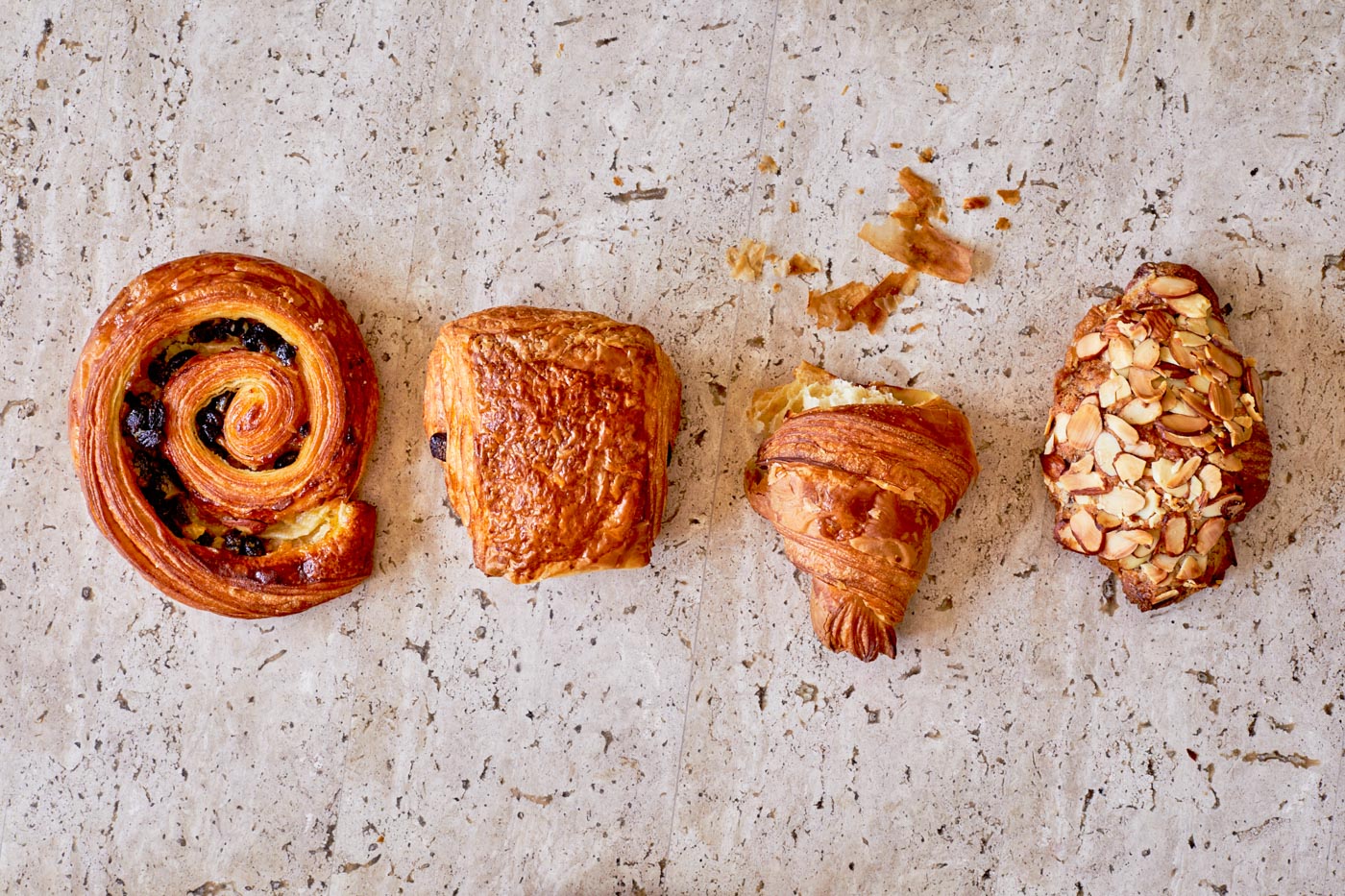
Croissants, like drinking chocolate, were first solely consumed by the French upper class. It wasn’t until the 20th century that they were democratized—and industrialized. These days, depending on who you ask, somewhere between 50% and 80% of croissants sold in Parisian bakeries are delivered frozen and are merely baked on the premises. And many—those dubbed croissants ordinaires—are made not with luxurious French butter, but rather with margarine. (They must, by law, be labeled, and they retail for about ten to 20 cents less. Some bakers don’t even bother with them at all.)
Discerning breakfasters choose instead the croissant au beurre, which is usually straighter than its crescent-shaped, margarine-based cousin. This buttery croissant is possibly the best modern example of a true petit déjeuner à la française: the sort of thing you begrudgingly throw jeans on to run out and get first thing on a Sunday morning, so that you can enjoy it, fresh and crisp, with a cup of coffee.

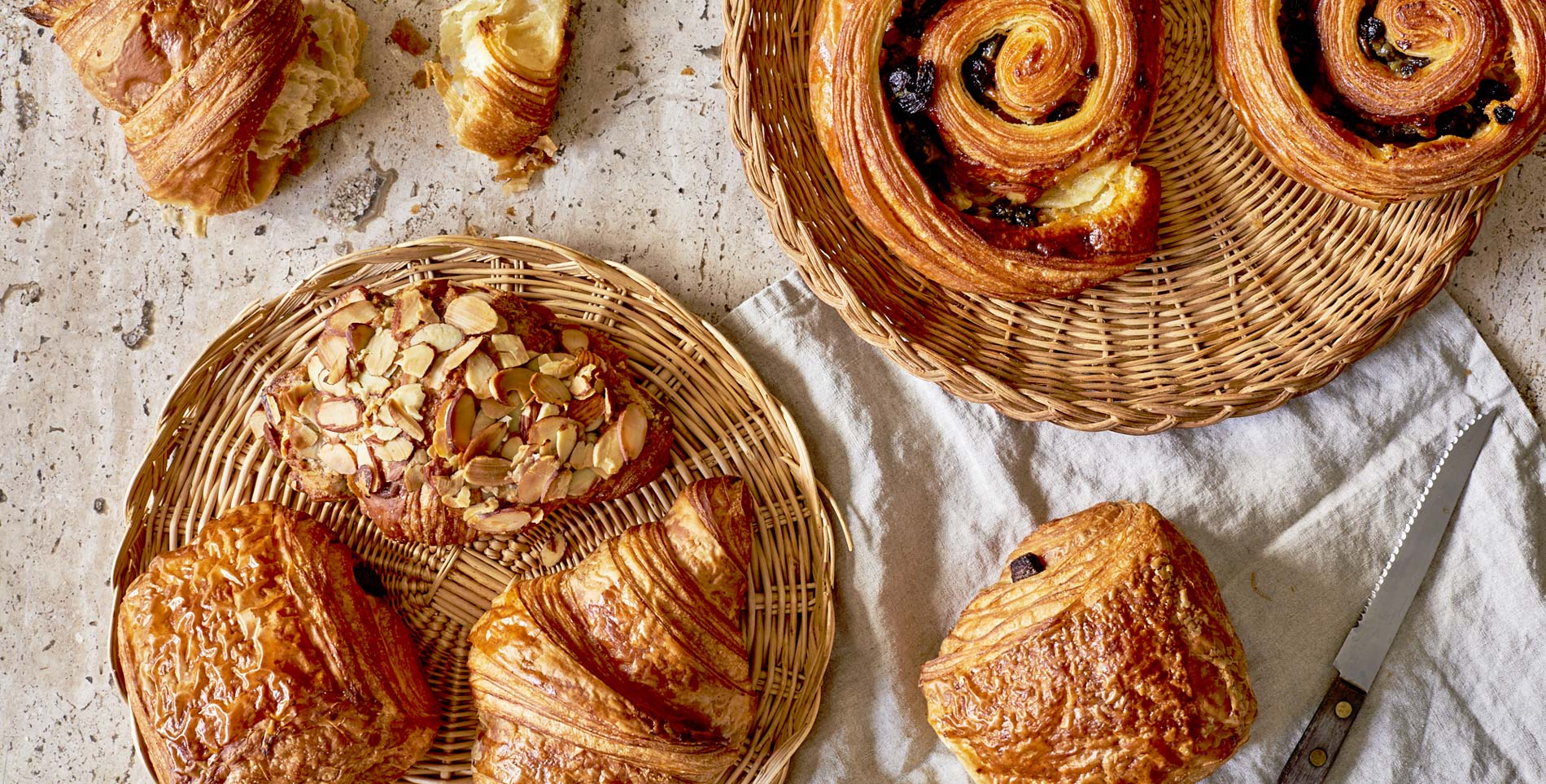

Our comments section is for members only.
Join today to gain exclusive access.